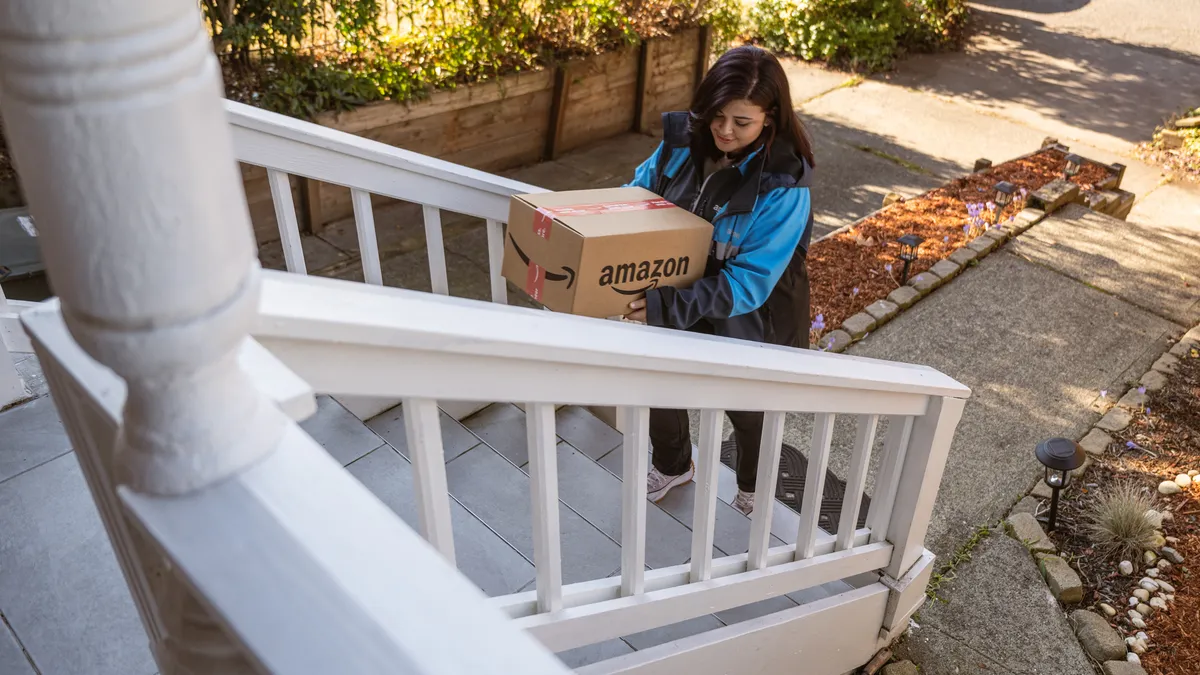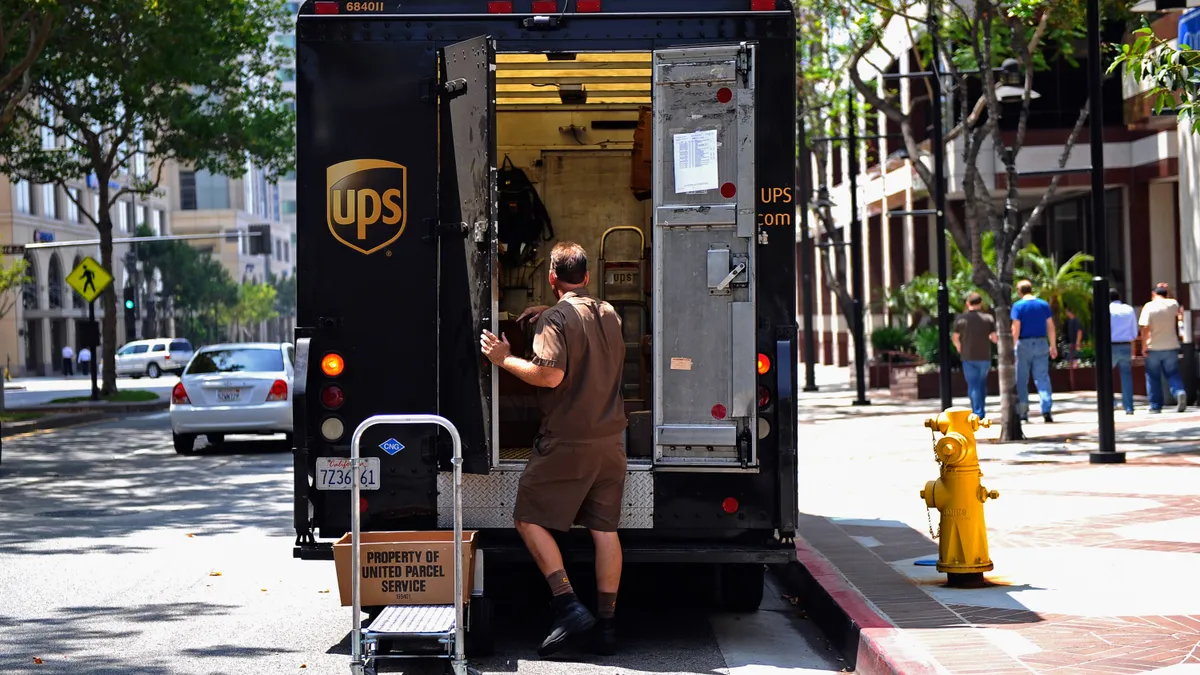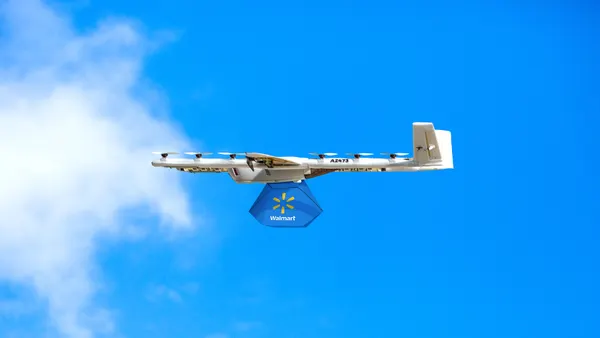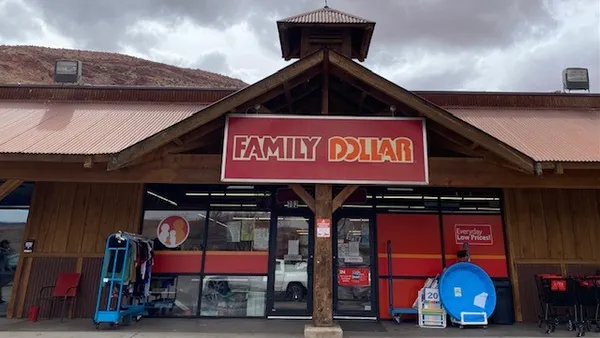Dive Brief:
- Amazon is investing $4 billion by 2026 to expand its delivery network and accelerate shipping speeds in rural America, Udit Madan, SVP of the company's worldwide operations, announced Wednesday.
- The investment will lead to less populated areas being covered by more than 200 delivery stations, which prepare packages for the final leg of shipping. By the end of 2026, the company will have tripled its rural delivery network’s size, reaching thousands of locations ranging from Milton, Florida, to North Pole, Alaska.
- "Once this expansion is complete, our network will be able to deliver over a billion more packages each year to customers living in over 13,000 zip codes spanning 1,200,000 square miles—an area the size of Alaska, California, and Texas combined," Madan said.
Dive Insight:
Amazon's investment is coming at a time when other logistics networks "are backing away from serving rural customers because of cost to serve," according to Madan. The e-commerce giant hands off some packages to the U.S. Postal Service and UPS for final-mile delivery, but both carriers have explored changes to their rural delivery operations to increase efficiency and cut costs.
The Postal Service is consolidating dropoff and pickup processes at some rural post offices, shifting from a morning and afternoon transportation route to just one route. As a result, some volume originating from post offices more than 50 miles away from a regional processing and distribution center will see an additional day in transit.
Meanwhile, UPS has reduced the number of days it delivers in certain rural areas. Through the initiative, UPS consolidates deliveries in some ZIP codes to fill its vehicles more efficiently, adding an additional day in transit for affected packages in the process. As of August 2024, the program impacted less than 1% of the company's daily deliveries.
Rural areas are typically more expensive for carriers to deliver in, with fewer recipients spread out over longer distances compared to large cities. UPS and FedEx push to cover the cost of deliveries in far-flung locations through added surcharges. FedEx has a per-package fee of $15.50 for deliveries to ZIP codes it considers "remote" in the contiguous U.S., while UPS has a similar fee priced at $15.35.
Amazon "has a massive advantage over UPS and FedEx" that will help make its rural delivery expansion successful, Nate Skiver, a parcel analyst and founder of LPF Spend Management, said in a LinkedIn post. The company can generate more customer demand with fast shipping speeds, increasing package volume and making its logistics operations more efficient in the process, he noted.
Andy Jassy, Amazon's CEO, touched on rural delivery expansion plans in a letter to shareholders last month. He said the company is making investments to speed up delivery for customers in less populated areas, including same-day and overnight delivery capabilities to dozens of smaller cities and towns.
Amazon opened its first rural delivery station in 2020 and began scaling its small-town delivery network three years later. The ongoing push has led to average delivery times being cut in half for these locations, according to Madan.
The expansion comes as Amazon rival Walmart makes its own fast delivery investments. The retailer leverages its thousands of stores to offer same-day delivery for 93% of U.S. households, ranging from major markets to smaller rural communities.















